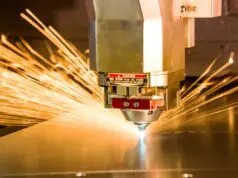
Autoclaves are indispensable tools in various industries, ensuring the sterilization of medical equipment, laboratory instruments, and other materials. They utilize different autoclave cycle types to meet diverse sterilization needs.
In this comprehensive article, we will delve into the world of autoclave cycles, comparing and contrasting their specific features and applications. The key cycle types we will explore include gravity, vacuum, flash, unwrapped, wrapped, porous, and prion.
Gravity – The “basic” autoclave cycle type
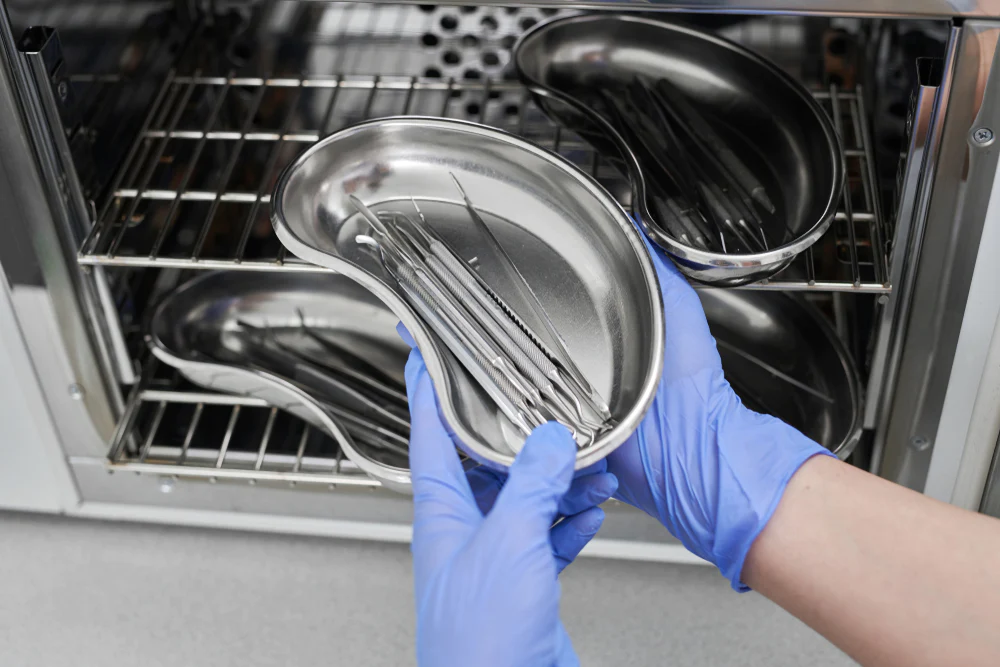
This autoclave cycle type is the bedrock of sterilization processes. In this method, steam enters the chamber, displacing air through gravity. Gravity cycles are best suited for sterilizing solid, non-porous items. Their primary advantage lies in their simplicity, making them ideal for straightforward sterilization procedures.
The mechanism of a gravity cycle is relatively uncomplicated, making it a popular choice for items like glassware, utensils, and surgical instruments. However, it’s essential to note that this method might not be appropriate for materials with complex shapes or porous characteristics.
Vacuum – The advanced autoclave cycle type
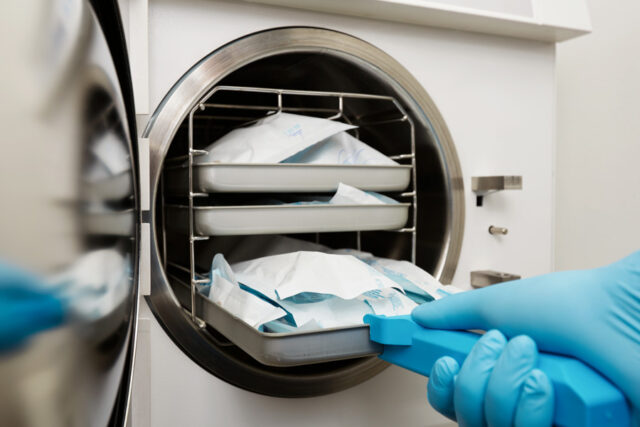
In contrast to the gravity cycle, this autoclave cycle type starts by evacuating air from the chamber before introducing steam. This pre-vacuum step significantly enhances the efficiency of sterilization. It is the go-to choice for sterilizing porous items and materials with narrow lumens. By removing air pockets, the vacuum cycle mitigates the risk of incomplete sterilization, ensuring the sterilization of hard-to-reach areas and intricate instruments.
The vacuum cycle is widely adopted in healthcare facilities, research laboratories, and pharmaceutical production, where thorough sterilization is paramount. This method is not limited to a particular type of material and is versatile enough to accommodate a wide range of sterilization needs, including customization options. For example, models like Celitron’s autoclave sterilizers even allow you to customize up to 20 different cycles.
Flash – The emergency autoclave cycle type
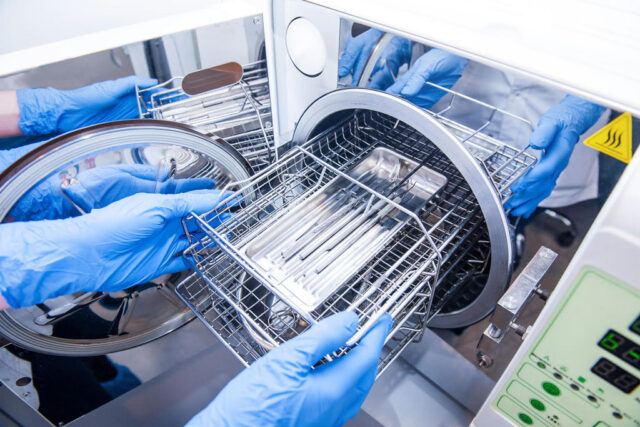
This type of autoclave cycle stands out as an expedited sterilization process, typically used in healthcare settings where immediate instrument reuse is required. This cycle offers a quick turnaround, making it invaluable in situations where time is of the essence. However, it is important to note that this rapid sterilization may not be suitable for all materials, as it involves higher temperatures and pressures that some items may not withstand.
Unwrapped – The simple autoclave cycle type
The unwrapped cycle is designed for sterilizing single-use items or those without any form of packaging. It is a rapid process, given that there is no barrier to penetrate through. Consequently, the unwrapped cycle is highly time-efficient for specific applications, making it a preferred choice for disposable medical instruments and laboratory consumables.
Wrapped – The autoclave cycle types for items that require secure packaging
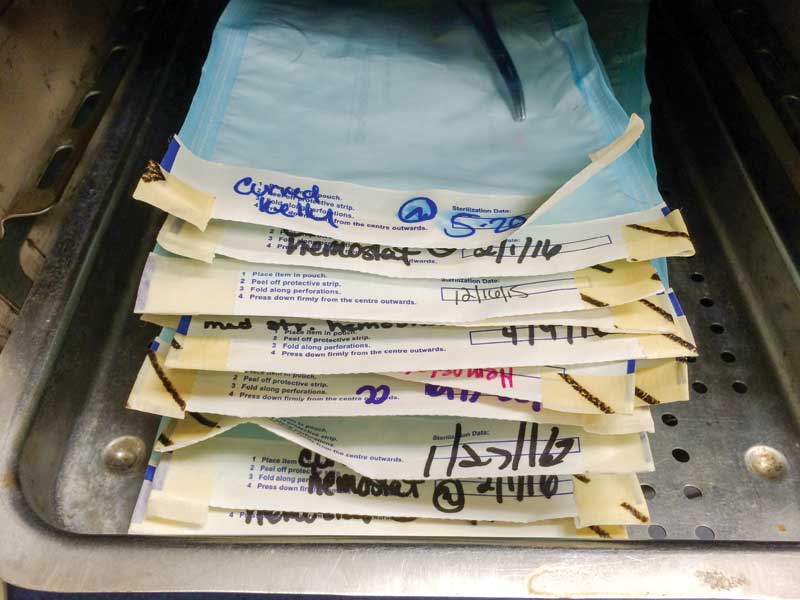
In stark contrast, this type of autoclave cycle is intended for items that are securely packaged within sterilization pouches, wraps, or other materials. This method requires more time due to the additional barrier between the steam and the items being sterilized. However, this extended duration ensures that the contents remain sterile until they are needed, making it ideal for items that must be stored for later use.
The wrapped cycle is a staple in healthcare facilities, ensuring that sterilized materials remain contamination-free until they are required for medical procedures or experiments. By using this cycle, professionals can maintain the integrity of their sterilized inventory.
Porous – The autoclave cycle type for more intricate items
Certain materials, such as textiles and specific medical instruments, are porous, meaning they have minute openings or spaces that can trap contaminants. This autoclave cycle type is meticulously designed to facilitate steam penetration through these materials. It is a critical cycle for industries where porous items are prevalent, guaranteeing effective sterilization and maintaining safety standards.
Prion – The autoclave cycle type to fight prion-related diseases
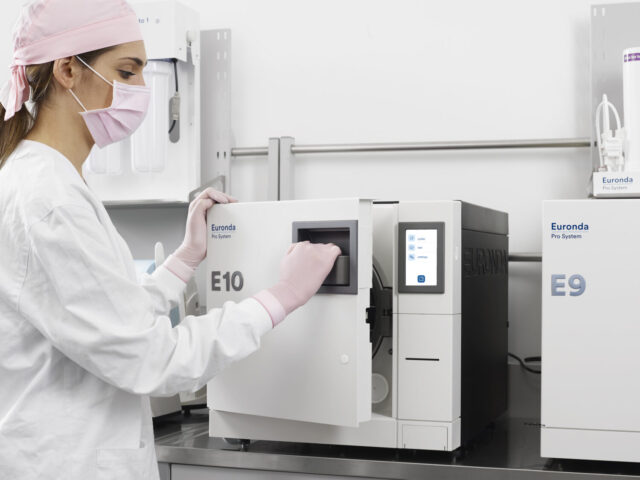
Prions, unique infectious agents, are highly resistant to traditional sterilization methods. This type of autoclave cycle is specifically engineered to tackle prion-contaminated materials. This cycle employs higher temperatures and longer exposure times to ensure the complete inactivation of prions, which standard cycles may not achieve.
The prion cycle plays a vital role in research and healthcare settings where prion-related diseases are of concern. By using this specialized cycle, professionals can minimize the risk of prion contamination, ensuring the safety of their staff and patients.


